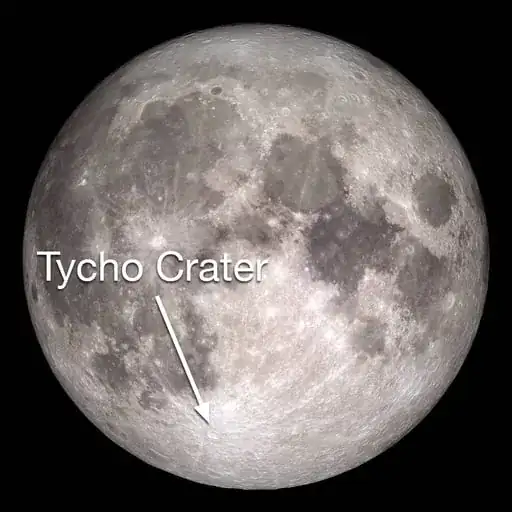I'm adding a correct and clear answer, as,
- the other two answers given here are very advanced and, thus, could be misleading.
How would the night sky change if you were in a different planet within the same solar system?
There is absolutely no change, whatsoever.
All of the constellations, etc, that you know, are absolutely identical with absolutely no change.
Would the constellations be essentially the same?
They would be exactly the same with absolutely no difference
Could it be assumed that every planet within an arbitrary solar system as isolated as ours would have roughly the same night sky throughout the system?
That's correct, but the word "roughly" is wholly wrong. The night sky is exactly the same from all planets in a solar system.
What if you have incredibly advanced, sci-fi like instruments?
Consider this question for a moment: can you see any difference in the night sky the same from Tokyo versus London? In fact yes there is an (incredibly tiny) difference in the position of stars, when you're a few thousand kilometers apart.
Thus obviously, sure, there is an incredibly tiny difference in the position of one or two stars, when you consider Earth versus another planet.
Sure, obviously, if you have mind-numbingly advanced alien-like equipment, and decades to study, hundreds of thousands of stars, yes, you could find one or two TINY differences.
So what differences could you see with the naked eye?
To be totally clear ...
There are no differences in any meaningful usage of the English word "no".
You can see about 6000 stars from our solar system.
If you move your position around our solar system:
Hold up three or four human hairs at arm's length. One or two stars might move by that much, that's it. This is absolutely non-discernible to the human eye.

